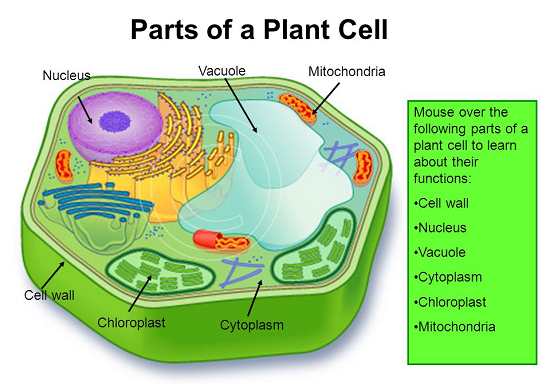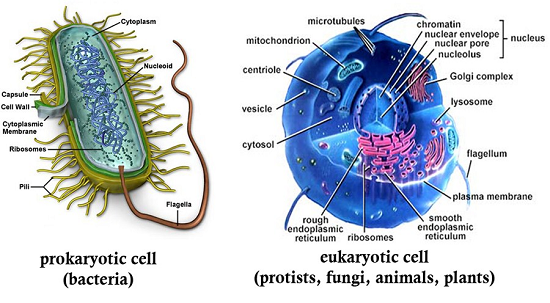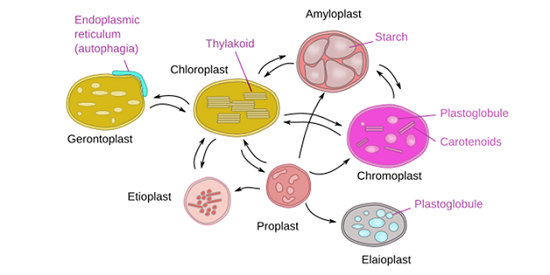Updated By: LatestGKGS Desk
Biology: Vacuole's Definition, Function and Structure

Biology: Vacuoles History, Definition, Function, and Structure of animals cell and plant cells
Vacuoles are defined as a membrane-bound space found in the cytoplasm. The vacuole is generally considered to be the "storehouse" of the cell. The vacuole provides essential nutrients and materials for the functions of a cell.
The vacuole is bound by a single membrane called tonoplast. This includes water, sap, excretory products, and other materials, which cannot be useful for the cell. the vacuole is bound by a single membrane called tonoplast. Tonoplast has been derived from Greek, which translated looks something like ' tension, stretching, and molded.' In plant cells, 90% of the volume of the cell can be occupied by vacuoles.
In plants, tonoplast facilities transport of many ions and other materials against the concentration gradients into the vacuole, hence there is much higher in the vacuole than in the cytoplasm. In Amoeba the contractile vacuole is important for excretion. In many cells, such as protists, food vacuoles are formed by engulfing the food particles.
Tonoplast is unique to plant cell as animal cells do not have the central vacuole. Tonoplast is a lipid liar, which is typical of other cellular membranes. Remember that a lipid is part of the fat, oil, wax, etc.group.


